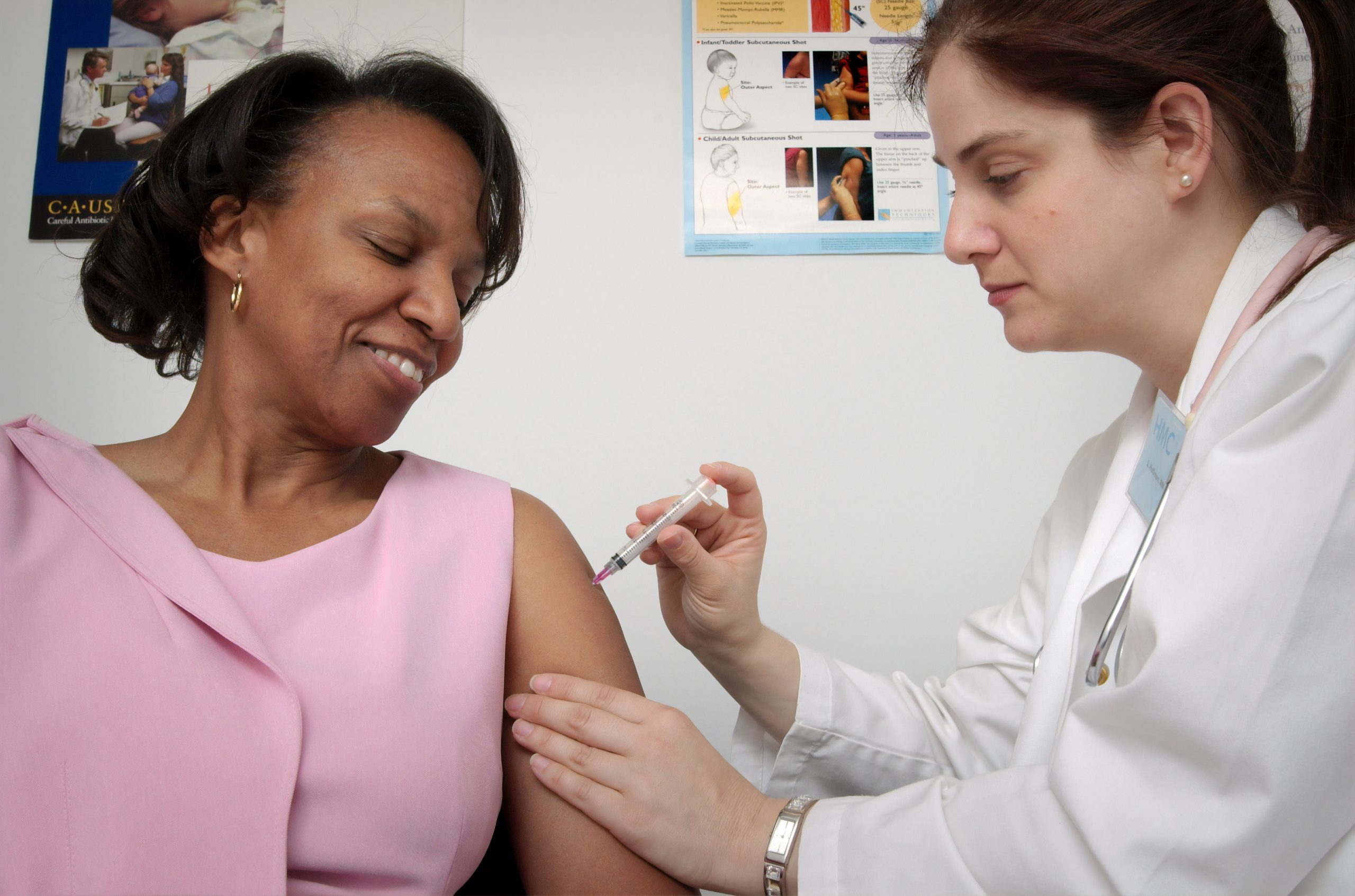Houston, we have a problem. After 10 months of hope and anticipation, we finally have Covid-19 vaccines, which are desperately needed to halt the deluge of coronavirus infections, and their ensuing toll of illness and death. However, as of Saturday, Jan 2nd, although 13 million doses had been distributed throughout the United States, only 4.2 million doses had been given. There is no national plan to facilitate the shots from the manufacturer into the arms of the intended recipients. The vials of Pfizer-BioNTech and Moderna Covid-19 vaccine were allocated to the states, and the states were instructed to draft their own specific plans for prioritization and distribution. “Duplication of effort” or “reinventing the wheel” don’t come close to capturing the inefficiency, and deleterious consequences of this strategy. What is the word for 51 times (50 states + the District of Columbia, more if you include Guam and American Samoa) something? $8 billion appropriated by Congress for vaccine distribution occurred AFTER planning had already begun-like receiving a restaurant gift certificate for the eatery after finishing your meal there.
Even the initial rollout of too few doses has been beset with errors and waste of precious resources. While the first shipments of Pfizer and Moderna vaccines were designated for healthcare workers and long term care facilities, a Walgreen’s pharmacy in Kentucky defrosted too much Pfizer vaccine (it must be stored at -70 degrees Celsius), and offered the extra doses to random customers who just happened to be shopping that day. A pharmacist in Wisconsin was arrested for intentionally destroying 500 doses. In West Virginia, 42 patients were inadvertently given monoclonal antibodies intended to treat Covid infection, rather than receiving the intended vaccine.
Mishaps notwithstanding, without a national database, or an interoperable health information technology platform across the country, it is not, and will not be, possible to identify and contact people who are candidates for vaccination when it is their turn. The first group to be vaccinated, Phase 1a, healthcare personnel and residents of long term care facilities (LTCFs), is fairly straightforward. Many healthcare workers are employed by large healthcare organizations, and can be targeted for vaccination, by the healthcare facilities, such as hospitals. The residents of LTCFs are a confined and defined population, and there are staff members who are qualified to give injections. Notifying and vaccinating independent medical practitioners and their staffs is more difficult. However, it is reasonable to assume that given their vocation, they are actively seeking out this information and advocating for vaccine access. Theoretically, they also have greater access to public health and government officials who can help. In Louisville, the public health department has taken on the responsibility of getting vaccine to the independent medical practitioners, although, this is not necessarily the case in other communities. There is also little argument that these groups should be the first vaccinated-the former because healthcare personnel are needed to treat and save the rest of us, and the latter because they are suffering the highest death rates from Covid infections.
Phase 1b is people 75 years of age and up, along with non-healthcare frontline essential workers. How will all of these “essential workers” be identified, and contacted? Will it be left up to their employers? How will all of the aged 75 and older be identified, and who will undertake this task? Not everyone has a primary care physician, and not all providers have electronic medical record systems which allow them to sort patients by age. Who will fund the staff time and effort to reach the patients? What about people without phones or email? If this is not done, how will the patients know that it is now their turn? The Pfizer vaccine storage requirements preclude its dispersal in physician offices and health clinics. Who will vaccinate these individuals?
The 3rd group, Phase 1c, is people ages 65-74 and those aged 16-64 who have high risk medical conditions, as well as essential workers not in 1b. How will someone know if they have a qualifying high-risk medical condition? How will medical providers identify and notify these patients? Who will give them their vaccines?
Another factor worth taking into account, when considering how to prioritize distribution of the Covid vaccine, is whether or not an individual has already had a documented Covid infection. Although it is not at all clear how long immunity will last following such an infection, it is thought to be at least 90 days, and may be as much as 5-7 months. It is logical to conclude that any history of infection may confer more resistance to new infection than no history of infection at all. Given that, wouldn’t it be reasonable, at least within a given Phase, particularly while supplies are limited, to vaccinate someone with no history of infection before someone with a recent or past infection? Yet, without a universal medical record system and a comprehensive, coordinated vaccination strategy, it is not possible to reliably sort the previously infected from the “Covid virgins.”
In the US, as of 1/3/21, approximately 1% of the population has been vaccinated. However, in Israel, which requires its citizens to be registered with one of 4 HMO’s operating in the country, 12.6% of Israelis had been vaccinated as of the same date, a feat reasonably attributed to their “heavily digitized, community-based health system, together with its centralized government.”
In summary, the United States has the most expensive health system in the world, yet 10% of our population has no health care coverage, and 29% are underinsured, compromising access to care. We have only 4% of the world’s population, but the largest number of Covid cases, just under 20 million as of 1/3/21, as well as the largest number of deaths, at 345,000. This is not only a failure of pandemic management, it is an indictment of both the incentives and structure of our healthcare delivery system, as well as our underfunded and under resourced public health system. It reflects our government’s attachment to politics, appearances, profit, and industry over the health and well-being of people, of us. An orderly, timely, efficient, appropriately prioritized Covid vaccination program is critical to minimizing the amount of future suffering and death attributable to this rampant scourge. It requires integration and nationalization of our healthcare delivery system. At a certain point, there are simply too many cracks in the foundation to repair, and the building needs to be demolished and replaced with an edifice capable of withstanding the winds of the future. That time in healthcare is now-before the next crisis strikes.

